Table of Contents
- Introduction: Cocker Spaniel Overview
- Origin & History
- Appearance & Breed Standard
- Temperament & Personality
- Cocker Spaniel Puppies: Training & Socialization
- Everyday Grooming & Care
- Health & Preventive Care
- Training & Obedience
- Nutrition & Weight
- Daily Life & Activities
- FAQ
- Conclusion
- Cocker Spaniel Factsheet
Introduction: Cocker Spaniel Overview
The Cocker Spaniel is one of the most beloved family and companion dogs. Originally bred as a dedicated hunting dog, today he’s admired for his affectionate nature, beautiful silky coat, and eagerness to learn. This breed is perfect for active families looking for a sensitive, people-oriented dog who thrives on consistent training, regular grooming, and plenty of activity.
Origin & History
The breed’s roots trace back to Great Britain. In the 19th century, the English Cocker Spaniel was selectively bred for hunting woodcocks—hence the name. Later, in the United States, the American Cocker Spaniel developed as a smaller, finer version. Today, both are recognized as distinct breeds, valued as hunters and loyal family companions alike.

Appearance & Breed Standard
The Cocker Spaniel is a medium-sized, compact, and elegant dog with long, low-set ears that give him his trademark look.
- Height: Males about 15–16 in, Females about 15 in
- Weight: around 26–33 lbs
- Coat: medium-length, smooth to slightly wavy, with feathering on legs, chest, and belly
- Colors: solid (golden, black, liver) or multi-colored (black & white, brown & white, tricolor)
Temperament & Personality
Cocker Spaniels are affectionate, sensitive, and very people-oriented. They’re known for being gentle with children and devoted to their families. At the same time, they are lively, curious, and eager to work. Because of their strong attachment, they’re sometimes called “velcro dogs.” Gradual training to be comfortable alone is recommended. With positive reinforcement, clear rules, and mental enrichment, they thrive.
Cocker Spaniel Puppies: Training & Socialization
Cocker puppies are quick learners but need structure and guidance. During the socialization period, they should experience positive interactions with people, dogs, and varied environments.
- Basic commands: “Sit,” “Down,” “Stay,” and a reliable recall (see basic commands).
- Impulse control: Waiting calmly at the food bowl, staying on a mat, polite greetings (see impulse control).
- Socialization: Short, positive encounters; avoid overwhelming situations; build in plenty of rest time.

Everyday Grooming & Care
The silky coat of the Cocker Spaniel requires consistent grooming to prevent tangles and matting.
- Brushing: 2–4 times per week, daily during shedding season.
- Ear care: Check and dry daily, as Cockers are prone to ear infections.
- Trimming: Light trimming on paws, ears, and feathering; professional grooming recommended.
- Teeth & nails: Regular brushing and nail trims are a must.
Health & Preventive Care
Generally healthy, the breed has a few predispositions:
- Ear infections (due to heavy, floppy ears)
- Hip dysplasia (HD)
- Eye conditions (Progressive Retinal Atrophy, cataracts)
- Tendency to gain weight
Choose a responsible breeder with health certifications, schedule routine vet visits, and monitor weight carefully to ensure long-term health.
Training & Obedience
Cocker Spaniels are intelligent, eager to please, and respond best to reward-based training methods.
- Positive & consistent: Short, engaging sessions; reward desired behavior immediately.
- Leash manners & recall: Start early to counter their natural hunting instincts.
- Clicker/marker training: Sharp, clear communication improves speed and motivation.
For safe daily handling, use quality gear: a sturdy dog collar and a comfortable dog leash help maintain calm control in busy environments.
Nutrition & Weight
Since many Cockers are food-driven, they excel in training with treats but also risk becoming overweight. Provide a high-quality, protein-rich diet, measure portions carefully, and count training snacks toward the daily total. Fresh water must always be available.
Daily Life & Activities
Cocker Spaniels need both physical exercise and mental stimulation.
- Exercise: At least 1.5–2 hours daily, including walks and off-leash time where safe.
- Brain work: Nose work, retrieving, search games, or puzzle toys.
- Dog sports: Light agility, mantrailing, or obedience work adapted to their energy level.

FAQ
Is the Cocker Spaniel good for first-time dog owners?
Yes, if you have time for training, grooming, and daily exercise.
Can a Cocker Spaniel be left alone?
Yes, with gradual training and by establishing proper rest periods.
How much exercise does the breed need?
About 1.5–2 hours a day, plus mental enrichment.
Conclusion
The Cocker Spaniel is a charming, hardworking family dog. With proper training, daily activity, and lots of love, he will grow into a sensitive, loyal companion—from playful puppy to calm adult.

Cocker Spaniel Factsheet
| Origin | Great Britain (England) |
| Height | Male: 15–16 in, Female: 15 in |
| Weight | 26–33 lbs |
| Coat | Medium-length, smooth to slightly wavy; feathering |
| Colors | Solid (golden, black, liver), multi-colored (black & white, brown & white, tricolor) |
| Temperament | affectionate, sensitive, people-oriented, eager to work |
| Exercise Needs | High – 1.5–2 hours daily plus mental work |
| Health | Ear infections, hip dysplasia, eye problems possible |
| Life Expectancy | About 12–15 years |


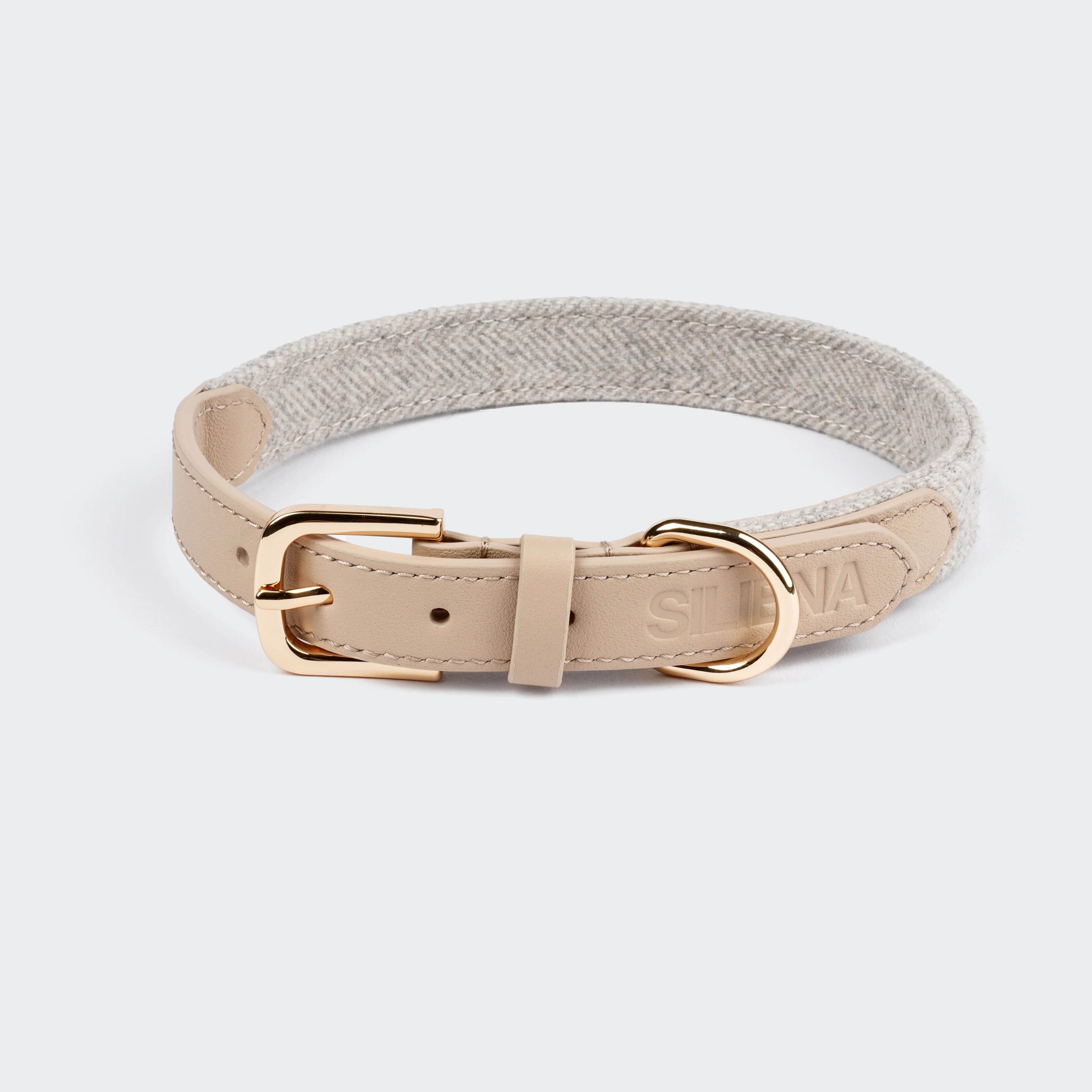
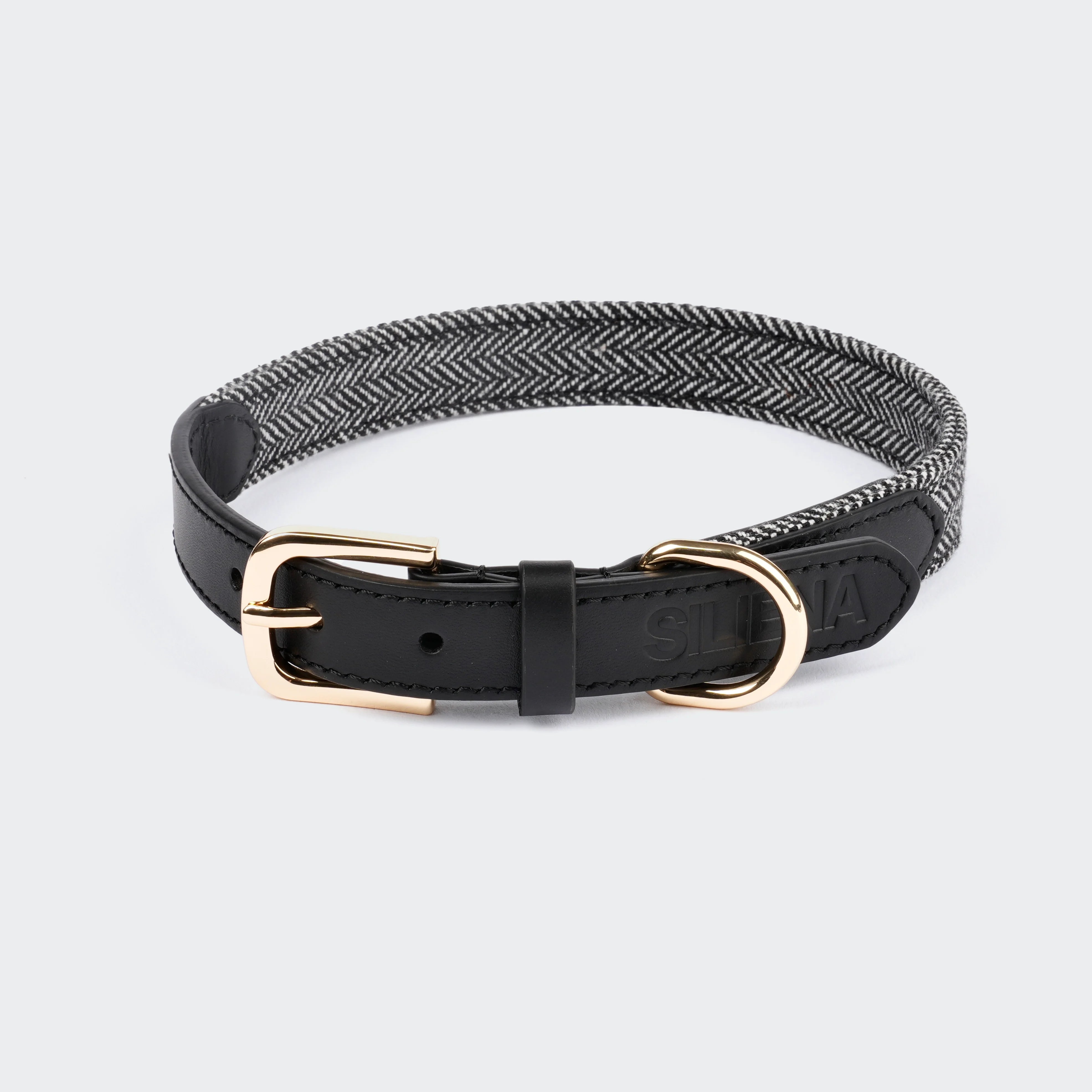
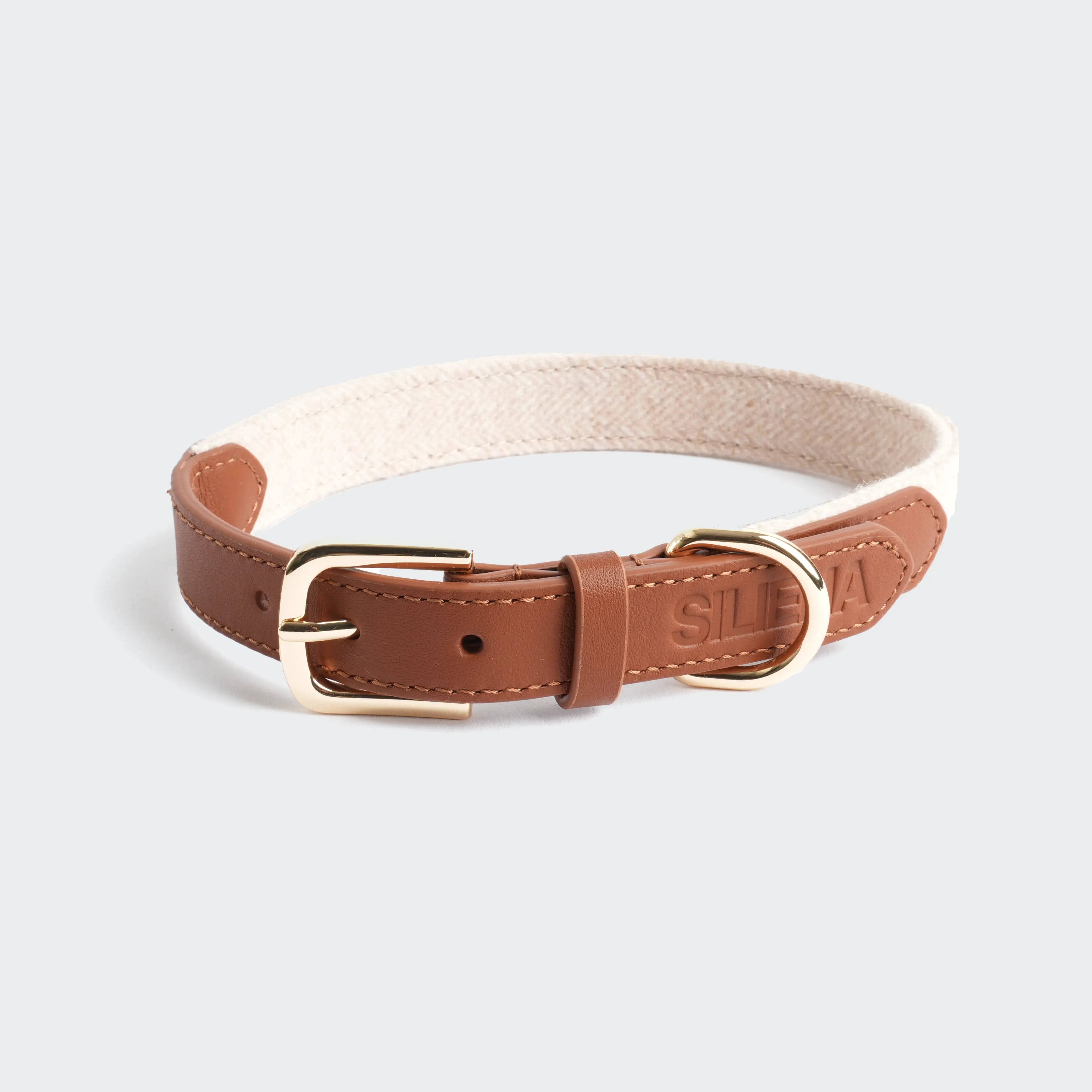
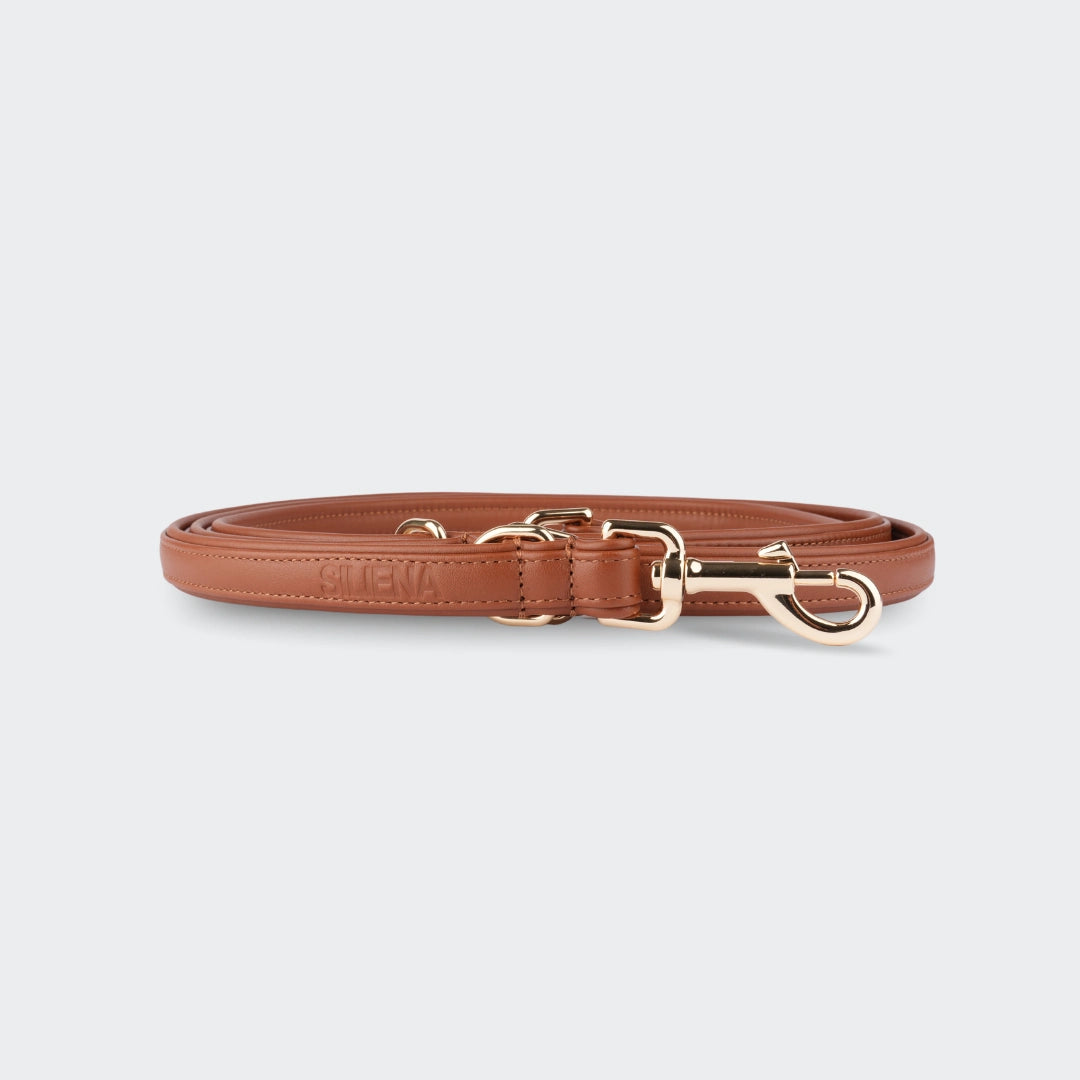
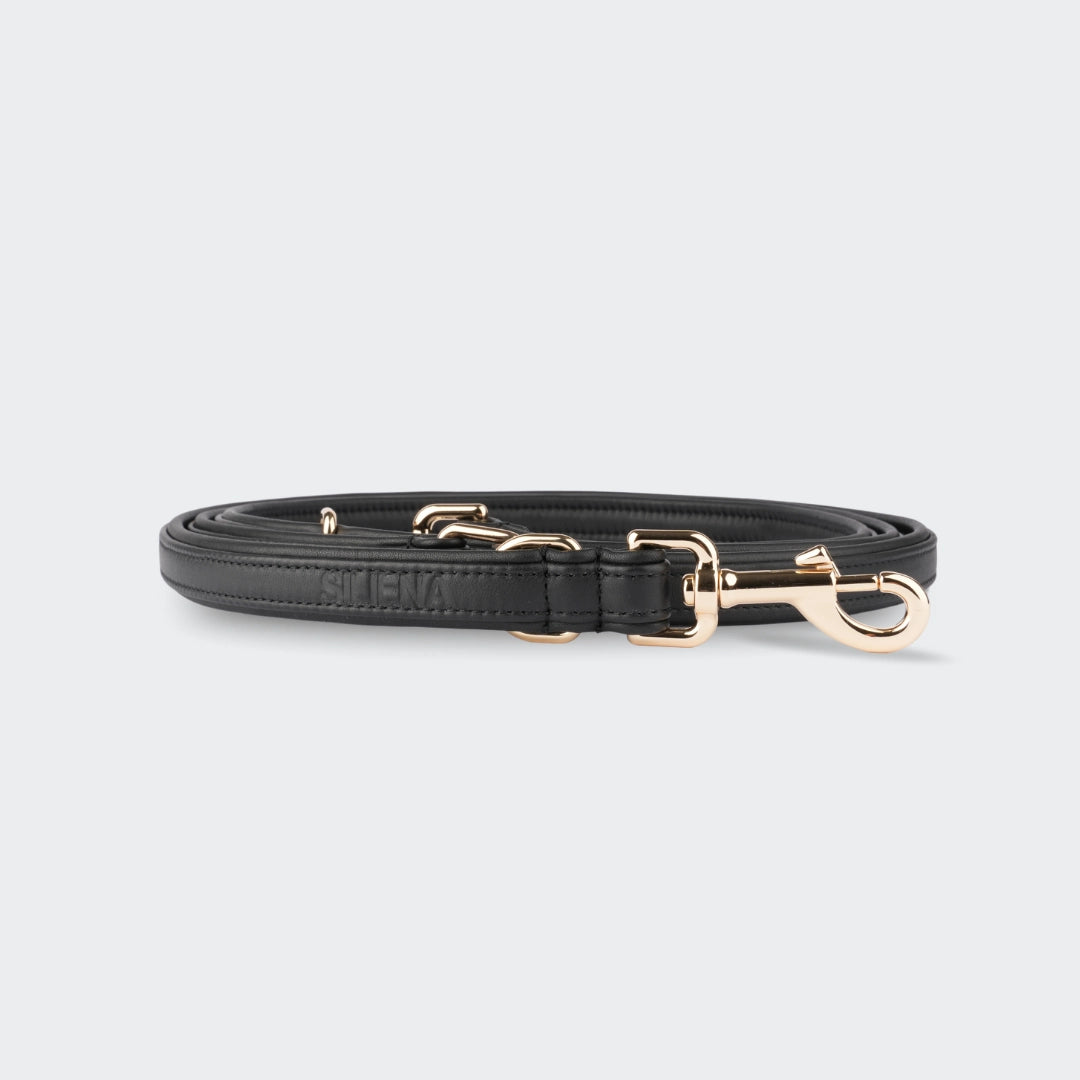
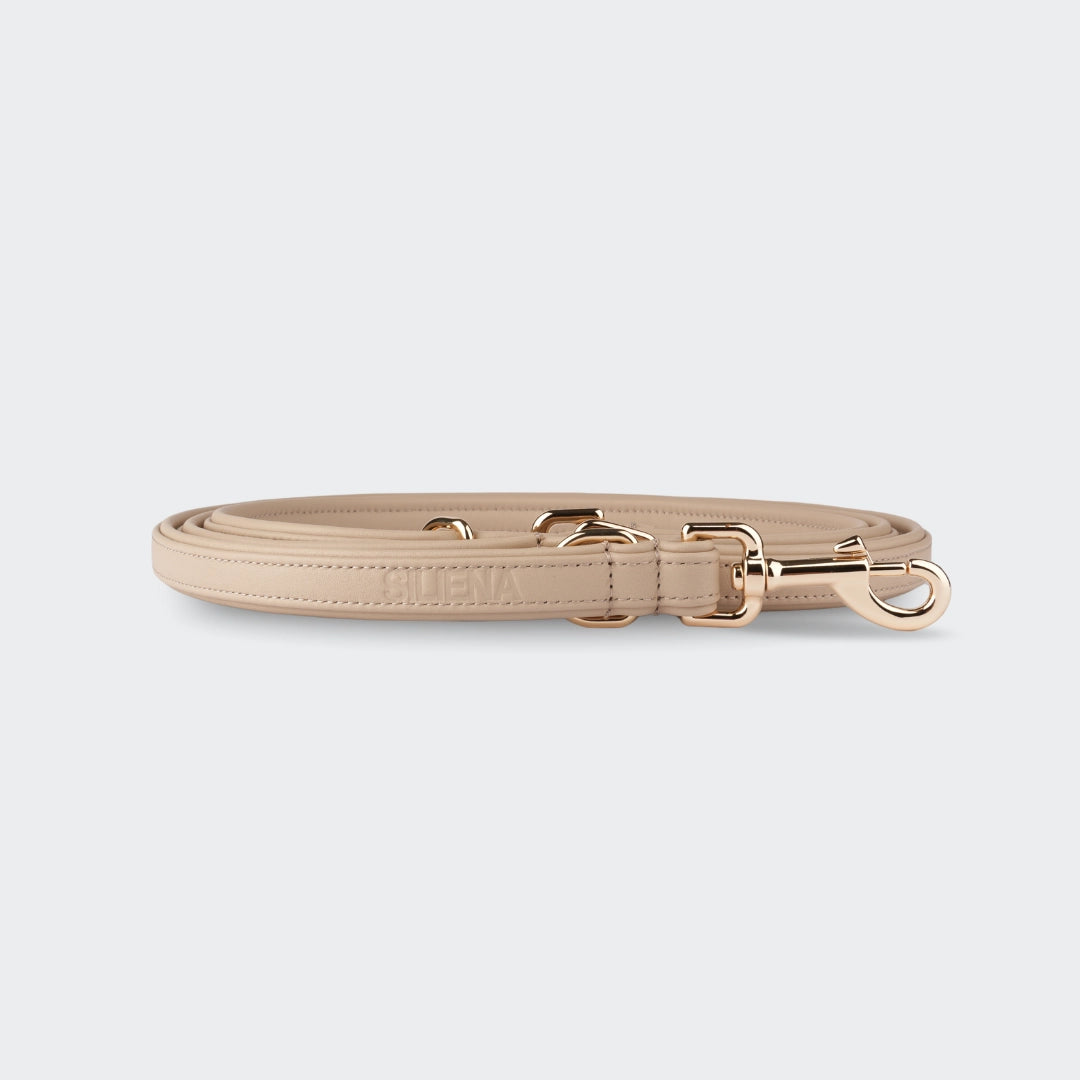
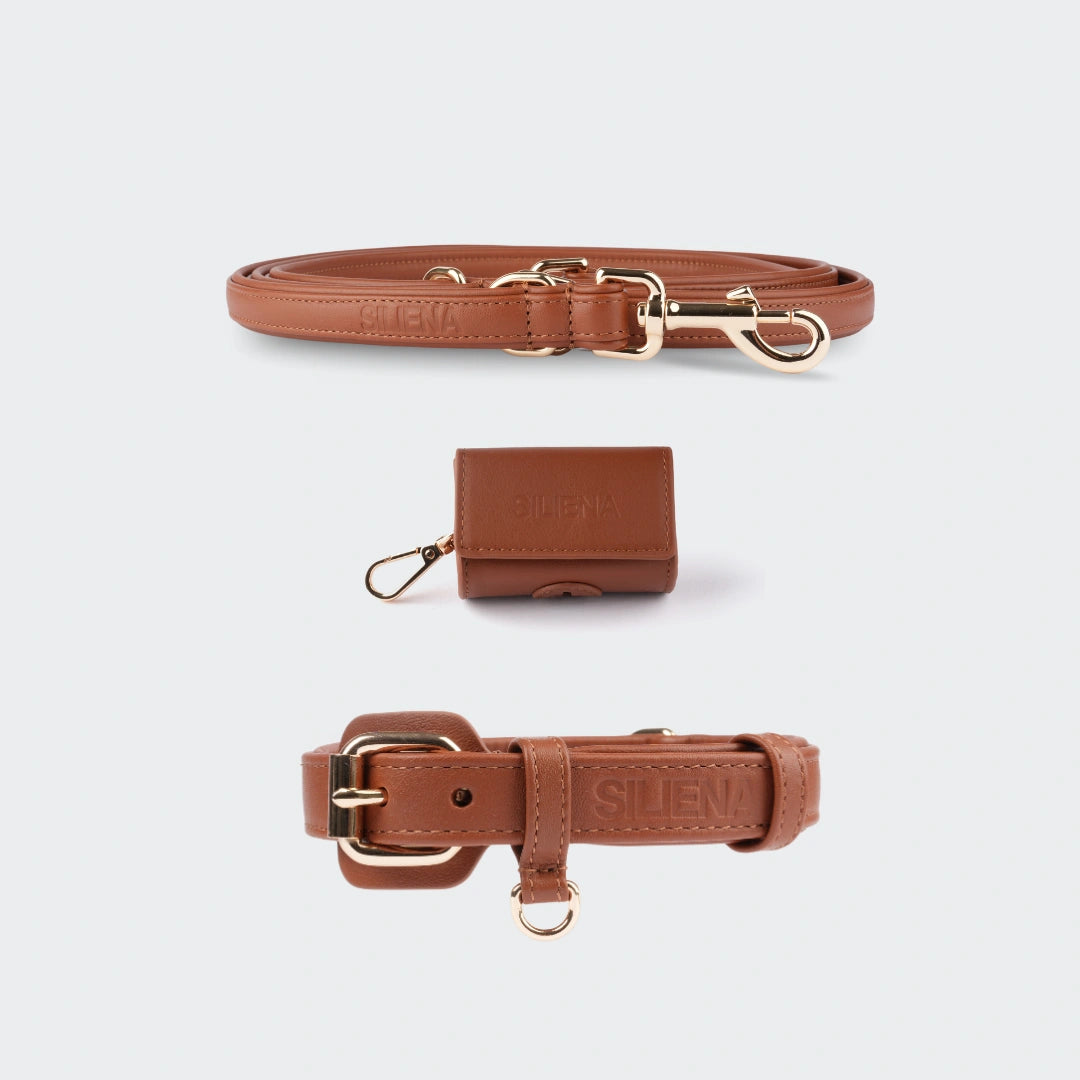
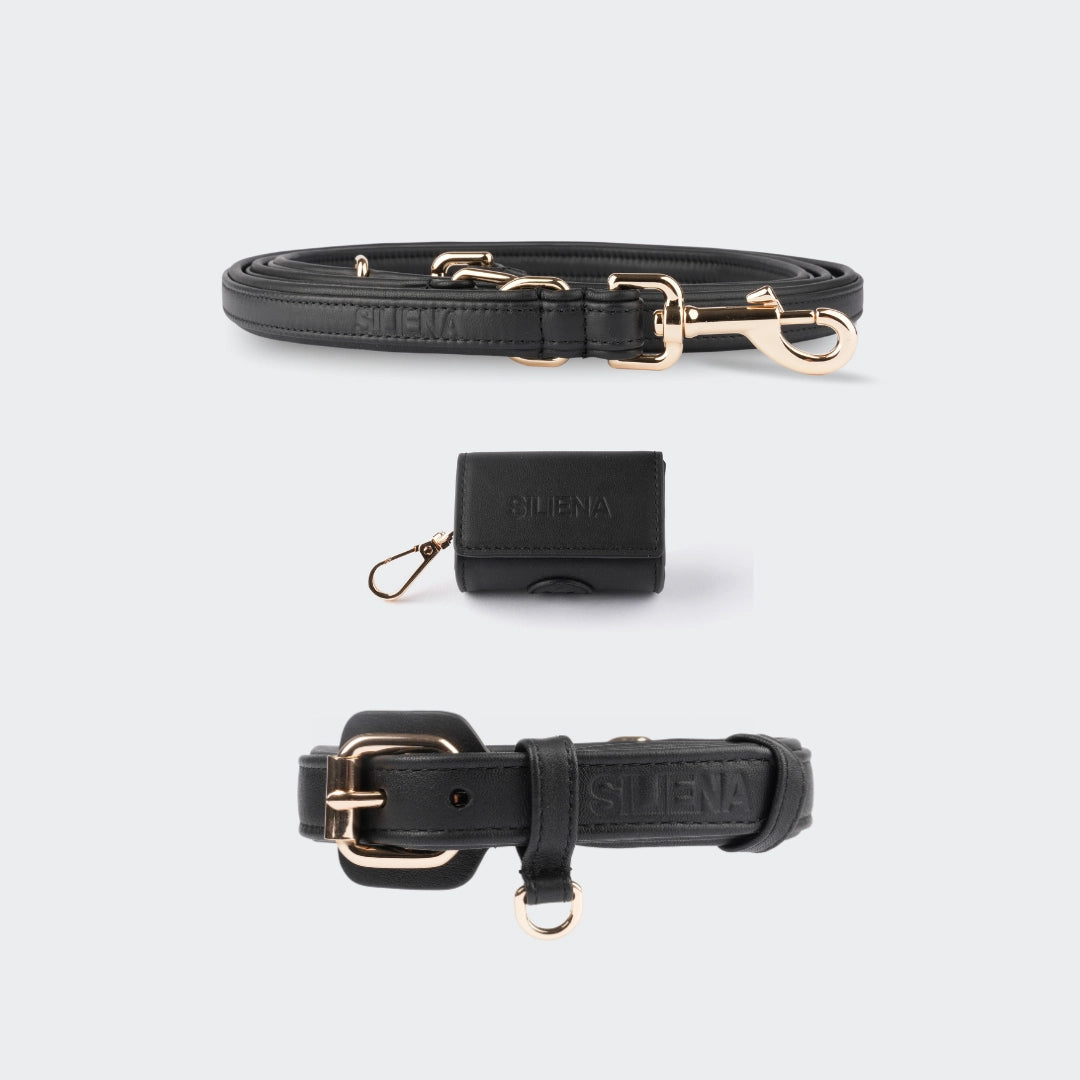
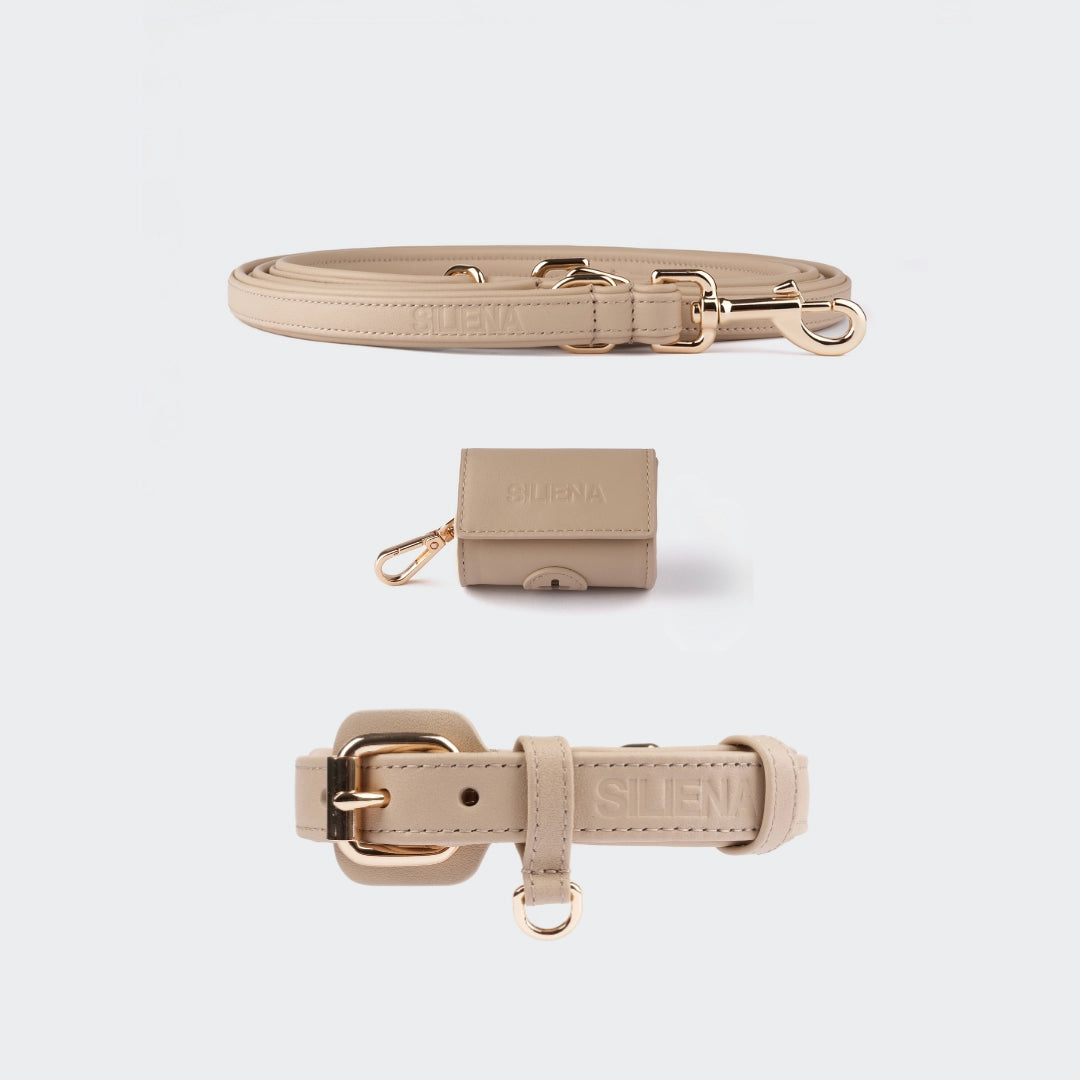
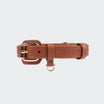
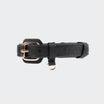
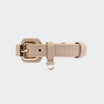
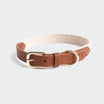
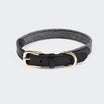

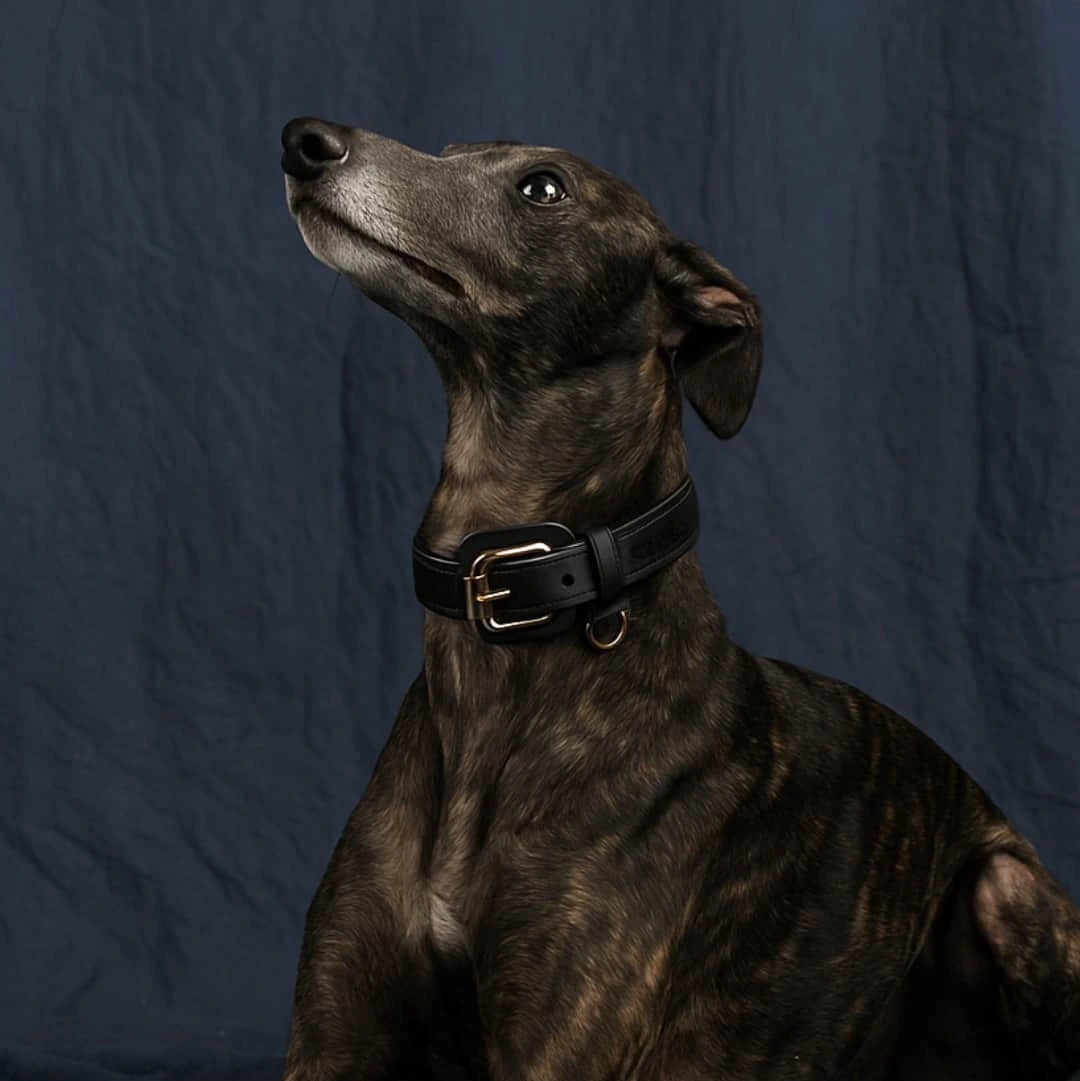
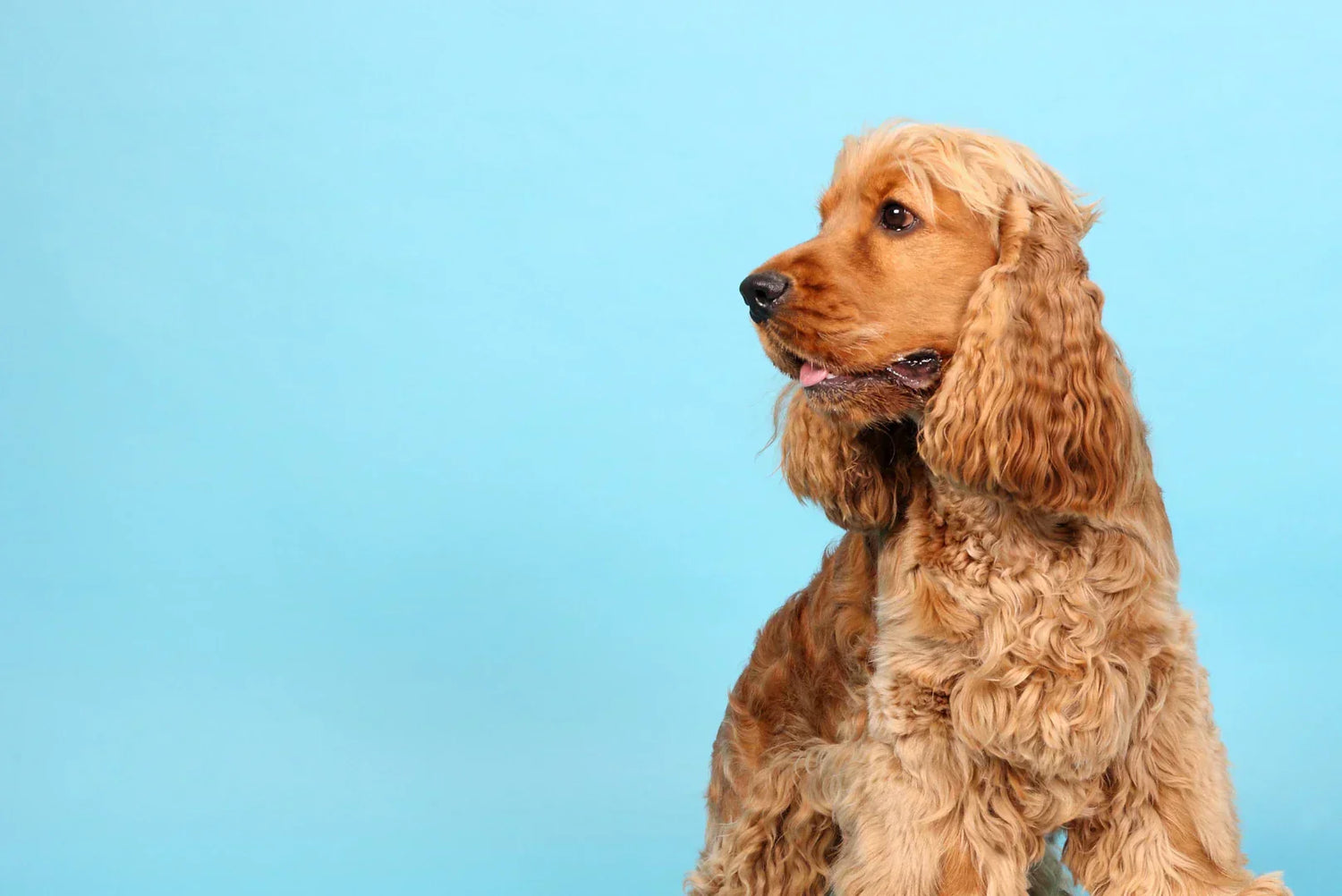
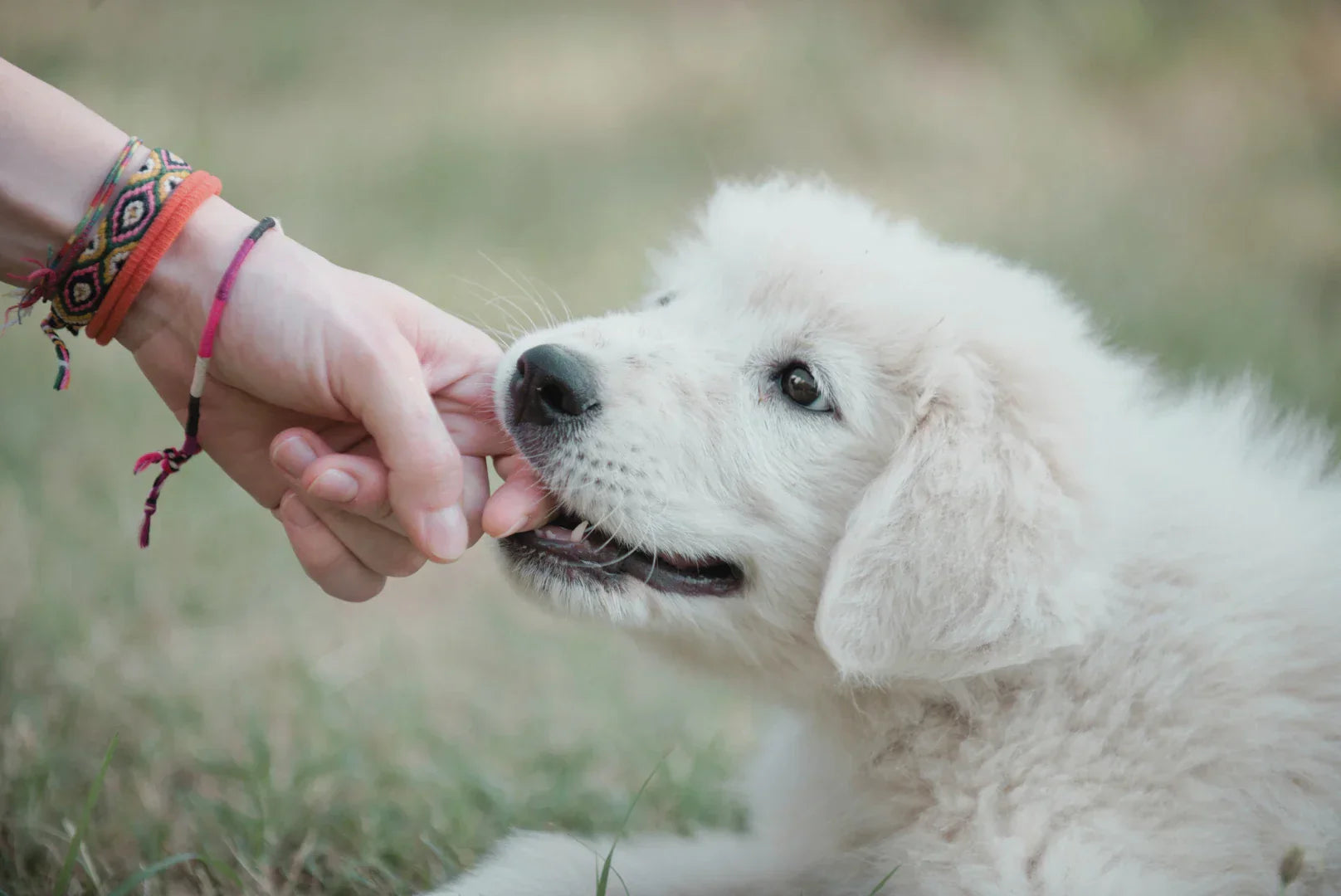
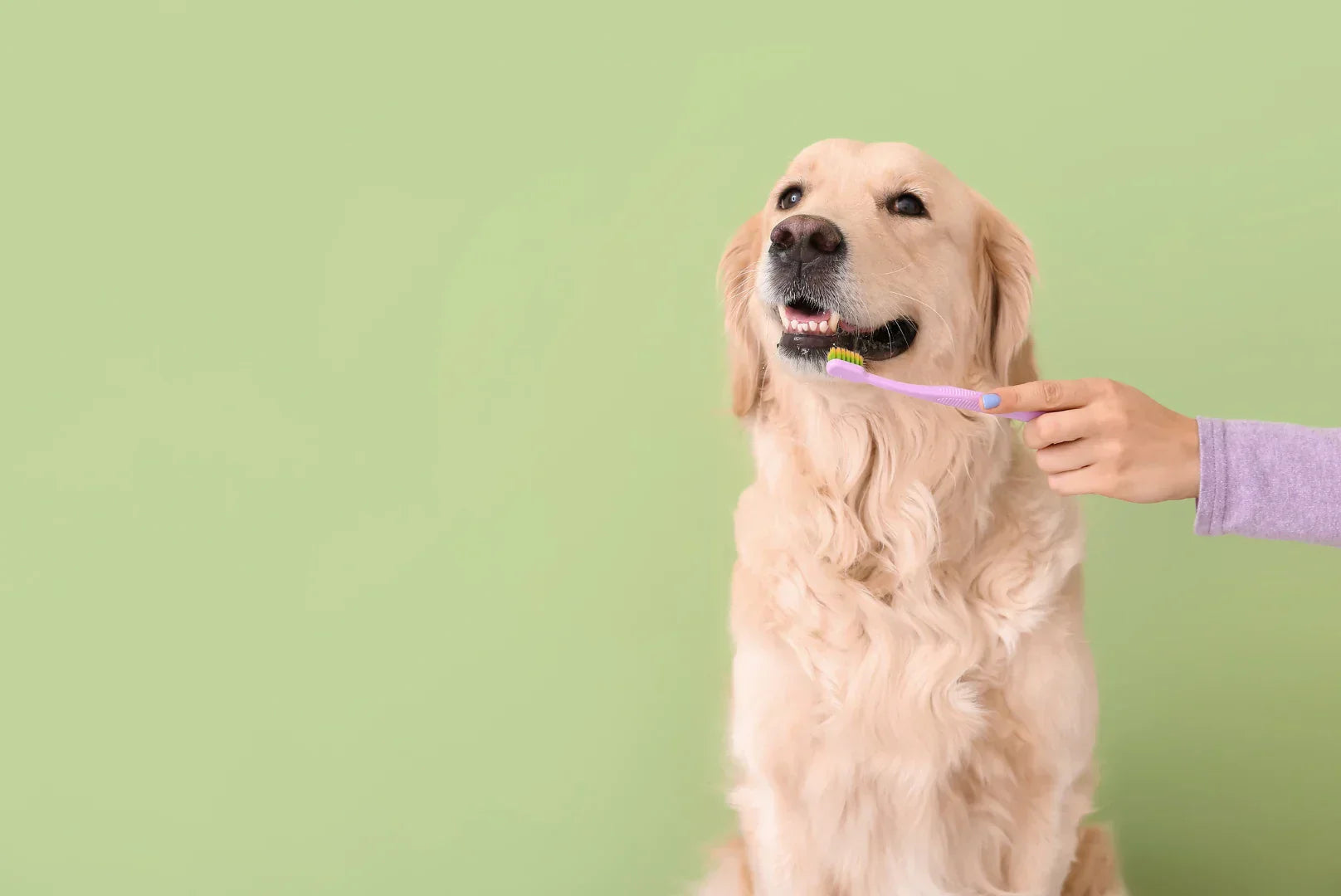
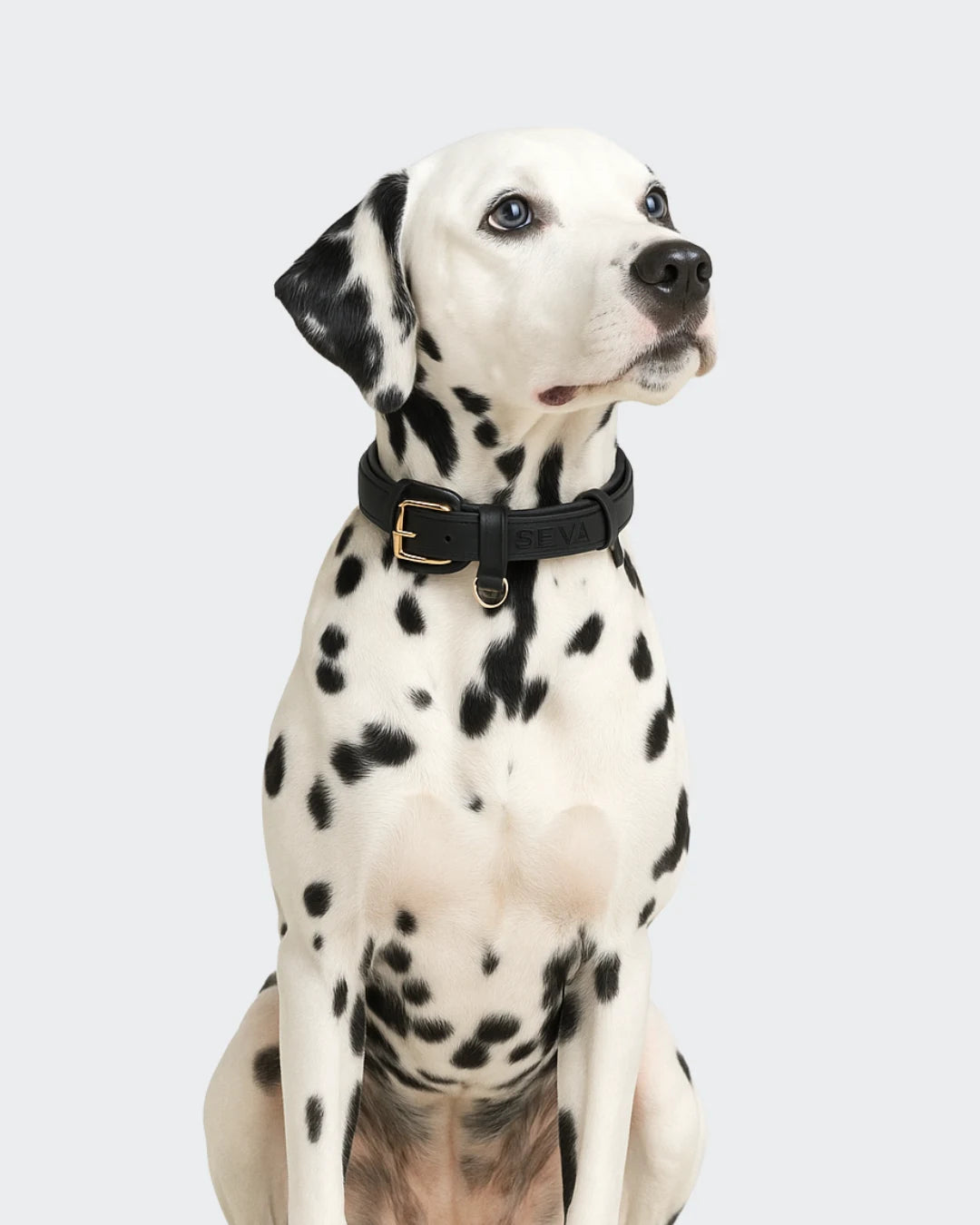
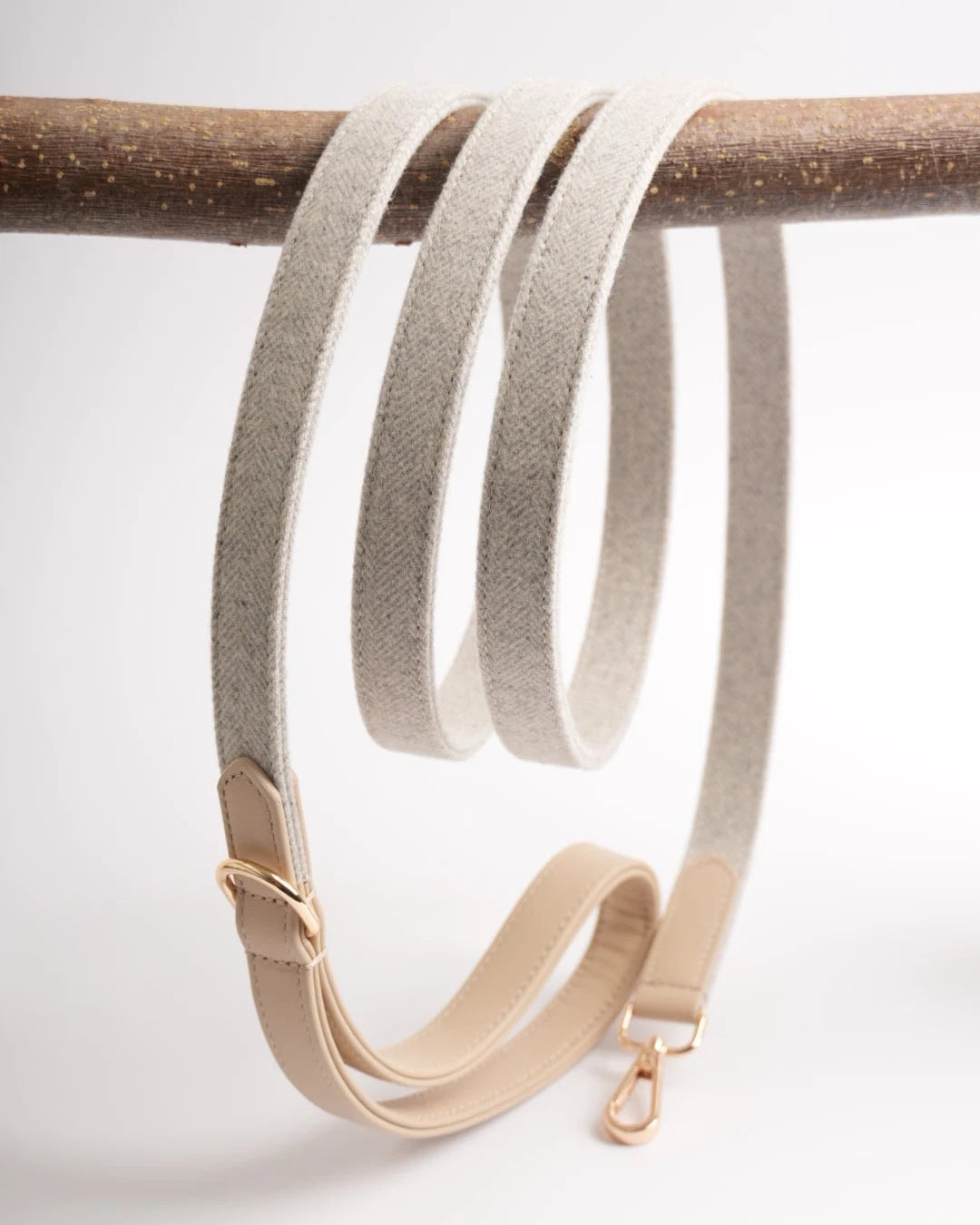
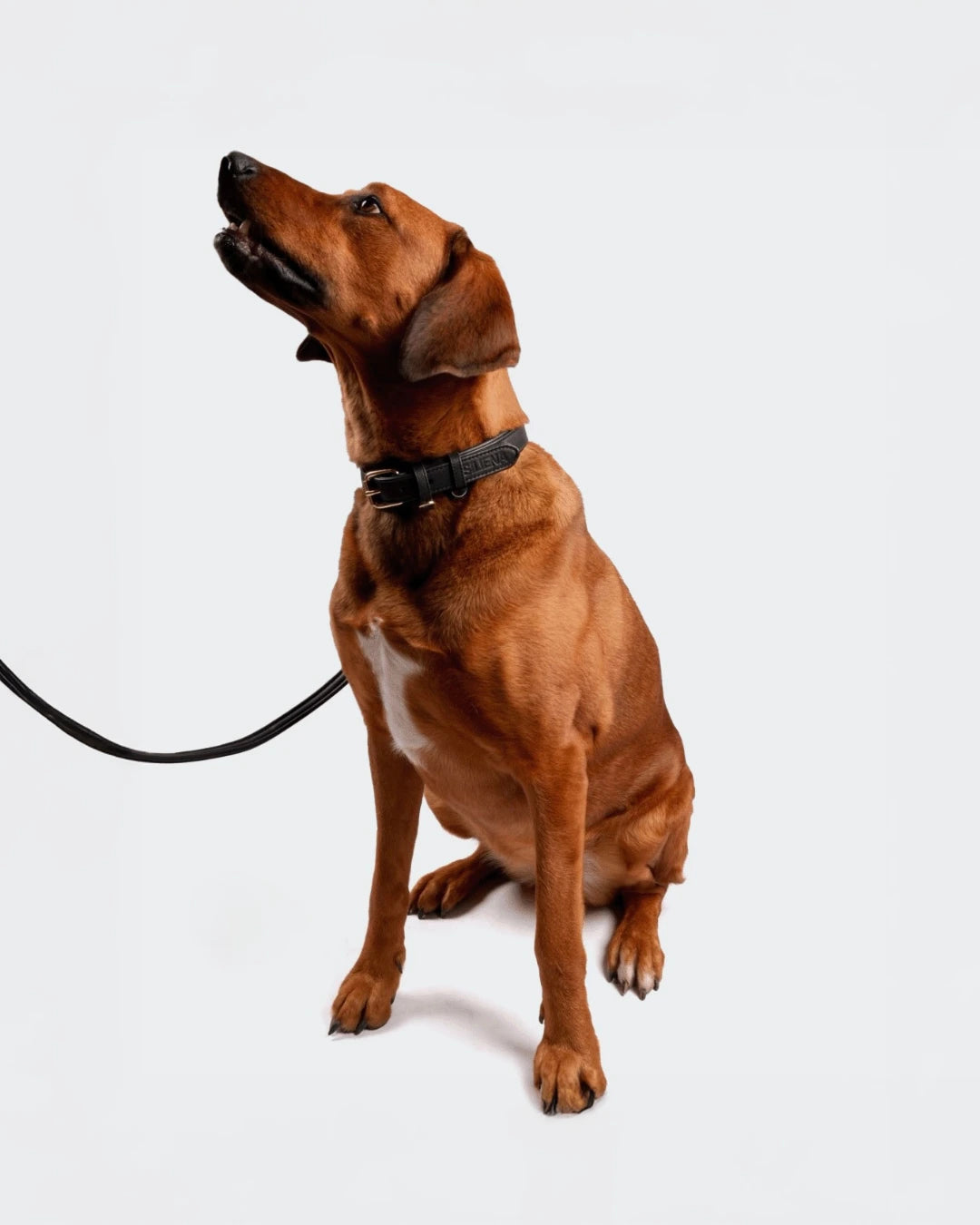
Leave a comment
This site is protected by hCaptcha and the hCaptcha Privacy Policy and Terms of Service apply.